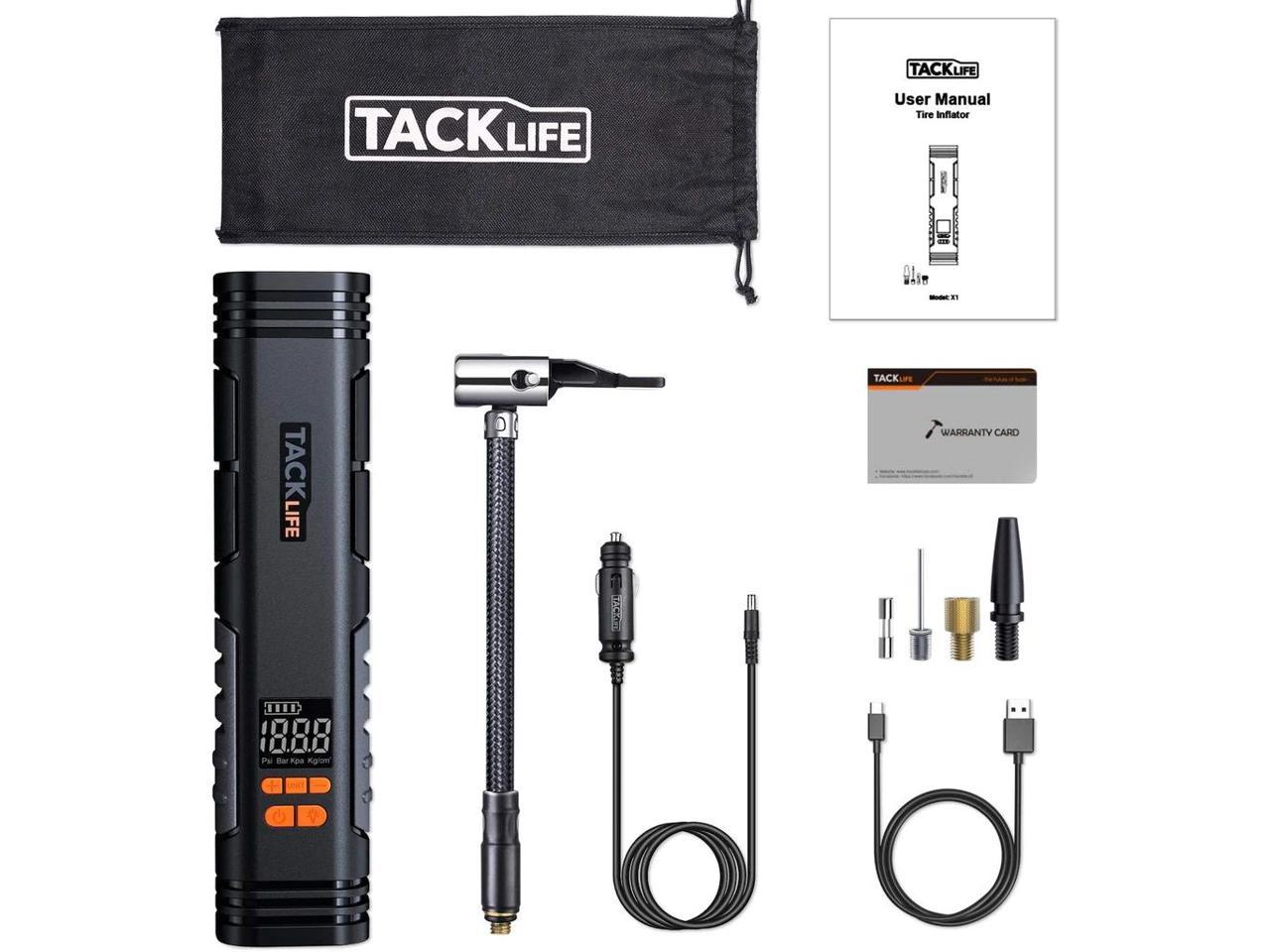General items first. Voltage is the force or "pressure" of the power supply to push current through the load. Amperage is the rate of current flow through the circuit. The rate of actual energy flow into the battery of your inflater is the WATTS, which is the product of Voltage times Current. P = VxA. So the higher the Watts provided by the charger unit is, the faster the battery can be changed up fully. (Since Voltage from any charger is fixed, the Watts rating will be limited to the Amps rating, which is a max rating, not a fixed value.) The inflater's battery charging system will draw from the charger whatever it can according to the charger's max rating, until the battery is charged up.
In your case, the inflater has two possible power input sockets. One will accept power at 5 VDC, and up to 2.1A current flow. That is a max power flow of 10.5W. The other accepts power at 12 VDC and a max current of 5A, so 60W. That's almost six times as fast a charging rate if you have a charger that can provide that. However, what you do have right now is a charger rated at 12 VDC but limited to 2000 mA, which is 2.0A. That's 24 Watts charging rate, still 2.3 x faster than a 5 VDC 2.1 A charger would be. So YES, use that charger you have for now. IF you get a charger able to provide 12 VDC at up to 5A, that would be even faster. IF you get a charger at 12 VDC able to provide more than 5A max current, the inflater's charging circuits will not use more than 5 A anyway.
As an aside, often today's USB charger units can provide 2A max current, or even more, if it is a CHARGER. But the standard older USB2 computer ports (the larger Type A ports like the one in the upper right of your inflater) can provide only 0.5 A max current. The newer USB 3.2 ports like the smaller Type C one can provide up to 0.9 A. So using either of those types of power source would be much slower as a charger unit.
Here's another factor to consider. The inflater has a battery and charging system inside, so you can charge it up at whatever rate you can over a period of time. When you go to USE it, though, the air pump inside uses power from that charged battery at a pretty fast rate. IF you have your charger unit plugged in at the same time, SOME of the power used by the pump can come from the charger to help out the battery, so it lasts a bit longer. The max power the unit will consume from the charger source, however, will be limited by the max rating of the charger. In my experience with the tire inflater I have (has no battery, plugs into the car's cigarette lighter socket) it uses 12 VDC at 5A max current from a large battery. So my suspicion is that YOUR inflater pump would use about that much power. Its designers appear to have anticipated that and provided internal charging circuits able to FULLY power the pump from the external charger only IF that charger is rated for the full 12 VDC at 5 A. In other words, IF you had a new heavier charger unit with those ratings, you might be able to use that inflater with the charger connected even if the battery were not already charged.



